(TNO) Scientists say they have cured the infertility of a 30-year-old Japanese woman by removing her ovaries and reintroducing some ovarian tissue after treating them in the laboratory.
|
Researchers hope the experimental technique could treat some infertile women, as well as women in their 40s who have difficulty conceiving due to age, according to AFP news agency.
The woman, who gave birth to a baby boy in Tokyo in December 2012, suffers from an uncommon form of infertility called premature ovarian failure (POF). It leaves women with just a 5-10% chance of having children unless treated. The standard treatment is to use donor eggs.
The treatment was described by researchers in Japan and at Stanford University (USA) in the September 30 issue of the journal Proceedings of the National Academy of Science .
Another woman also conceived using the same method.
The preliminary study was conducted on 27 women with POF. Their average age was 37.
All subjects had experienced menopause an average of nearly seven years earlier, and all had undergone oophorectomy as part of the trial.
In this group, 13 women were found to still have a residual follicle, which contains an immature egg.
Women are born with about 800,000 of these follicles. Most are inactive, but usually one follicle matures each month and produces an egg.
“Our treatment is to awaken some of the remaining primordial follicles and stimulate them to produce eggs,” said study author Aaron Hsueh, professor of obstetrics and gynecology at Stanford University.
The eggs are dissected and treated with stimulating drugs that block a growth process called PTEN, which causes the follicles to remain in a “dormant” state.
The ovary pieces are then grafted back into the women, near their fallopian tubes.
Eight of the 13 women showed signs of follicular growth, and were treated with hormones to stimulate ovulation.
From that group, five developed mature eggs, and the researchers harvested them to conduct in vitro fertilization with sperm from the women's partners.
A woman received two embryos and carried a single fetus to term, but had to have a cesarean section because her fetus was in breech position at 37 weeks.
The head of the research team, Dr. Kazuhiro Kawamura, associate professor of obstetrics and gynecology at St. Marianna University School of Medicine (Japan), performed the cesarean section himself.
Of the remaining four women, one was pregnant, two were preparing for embryo transfer or undergoing further egg collection, and one had embryo transfer but was unable to conceive.
Dr. Alan Copperman, Head of the Department of Reproductive Endocrinology at Mt. Sinai Medical Center in New York (USA) highly appreciated the "brand new" approach of the Japanese-American research team to an "old" problem.
However, he said it may take many more years before the medical community can see clinical benefits in patients with ovarian failure.
For their part, the team hopes to continue exploring whether their technique interacts with other causes of infertility, such as cancer treatments.
Khang Huy
>> New breakthrough in infertility treatment
>> Men and infertility
>> iPhone application helps cure infertility
>> Surprise about infertility
>> Will women driving cars… harm their ovaries?
>> Types of ovarian cysts
>> Ovulation stimulant drugs affect children's height
Source: https://thanhnien.vn/em-be-chao-doi-tu-me-bi-suy-buong-trung-18587748.htm


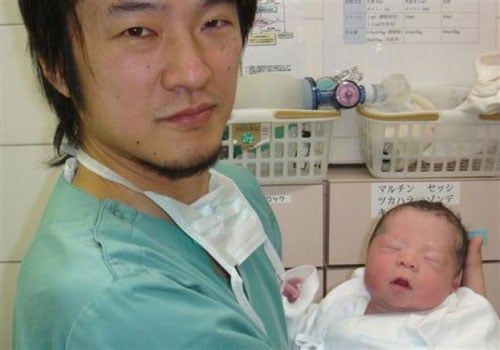








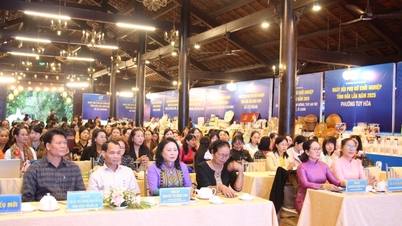




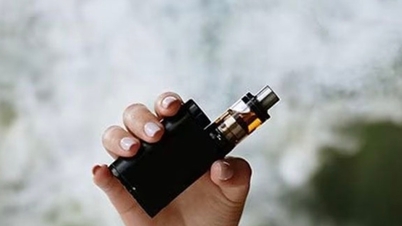

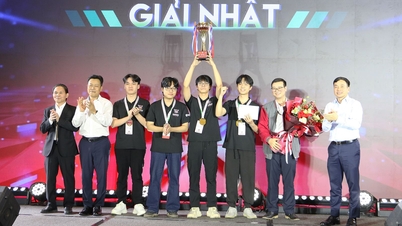



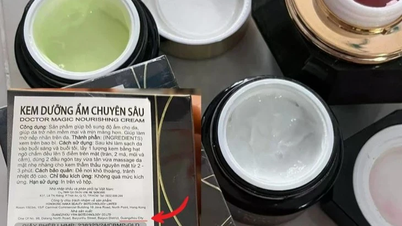






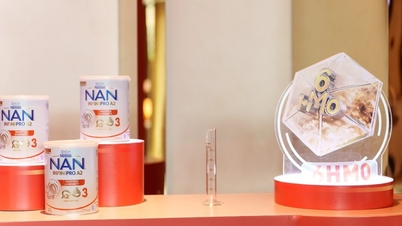







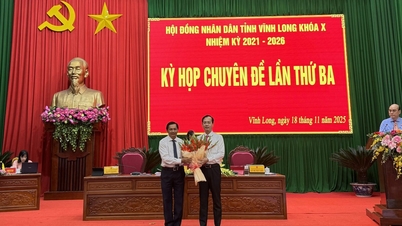


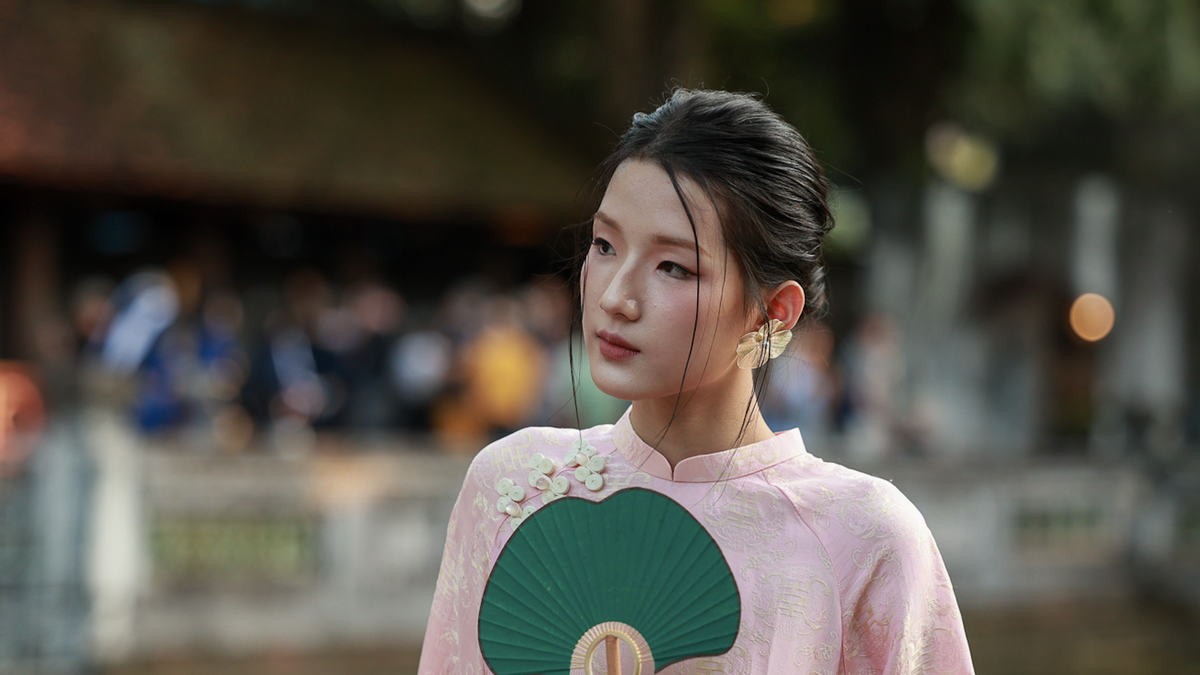
![[Photo] General Secretary To Lam and National Assembly Chairman Tran Thanh Man attend the 80th Anniversary of the Traditional Day of the Vietnamese Inspection Sector](https://vphoto.vietnam.vn/thumb/1200x675/vietnam/resource/IMAGE/2025/11/17/1763356362984_a2-bnd-7940-3561-jpg.webp)







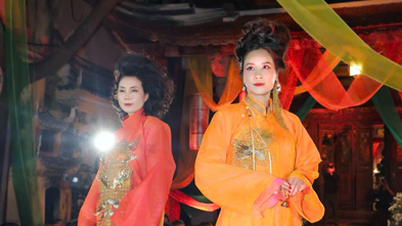
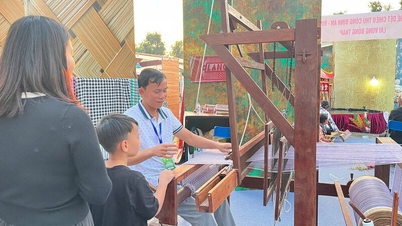





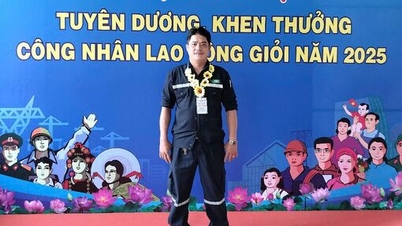





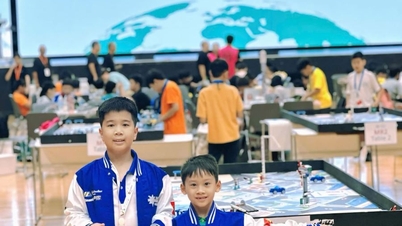











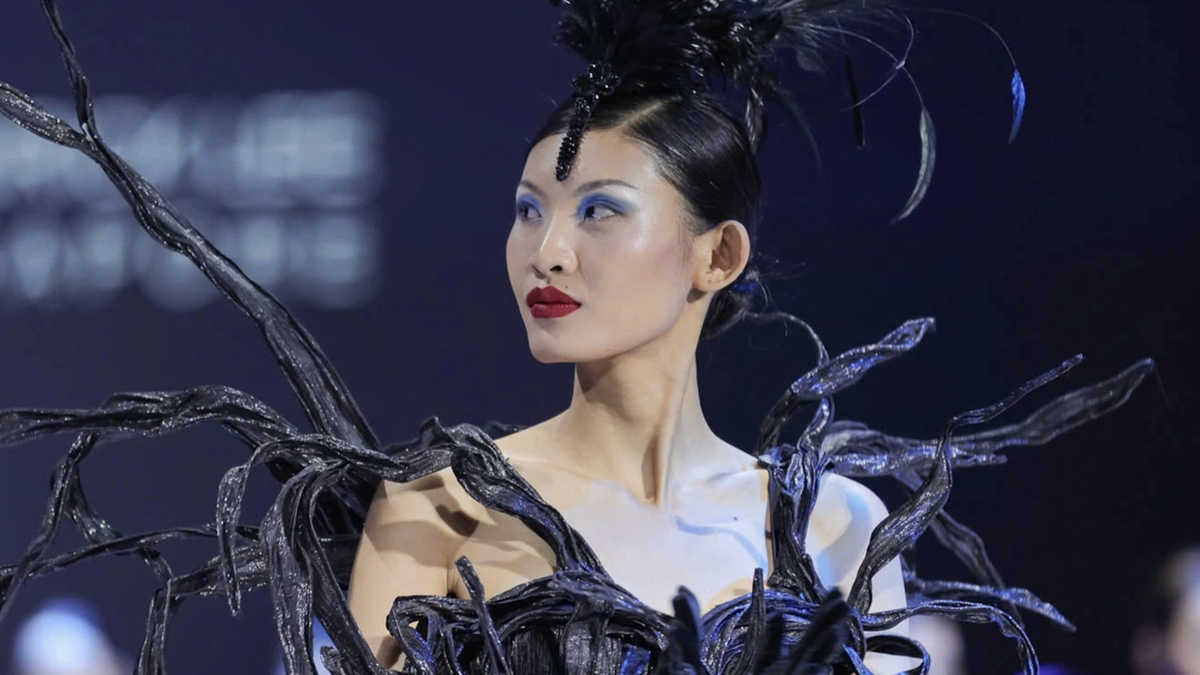


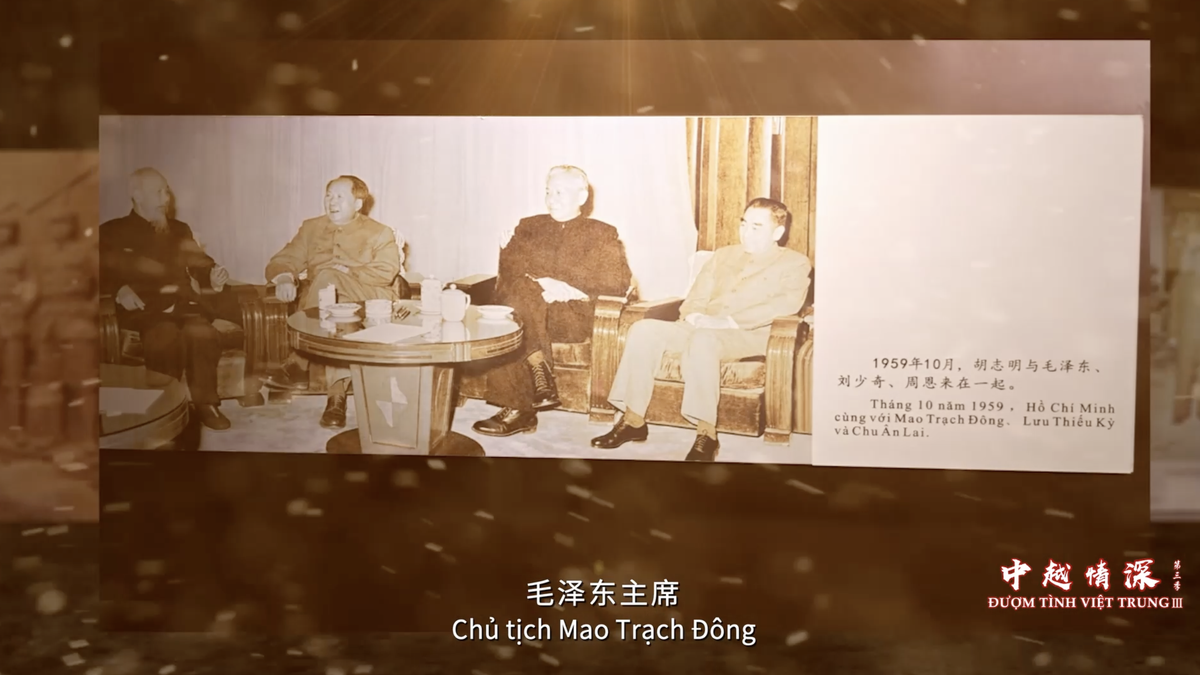


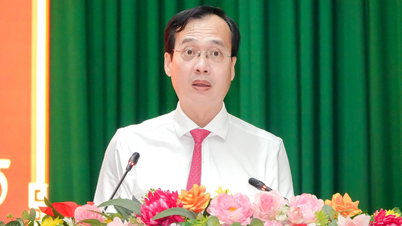





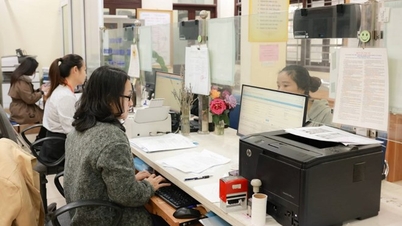

















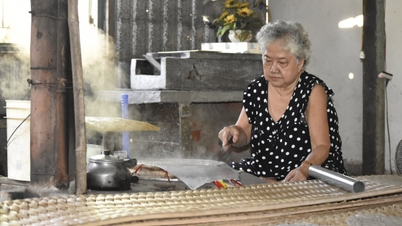


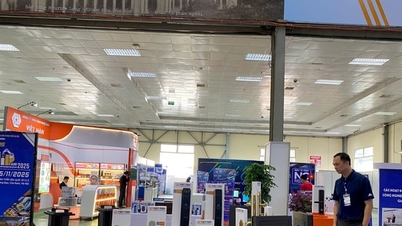





Comment (0)